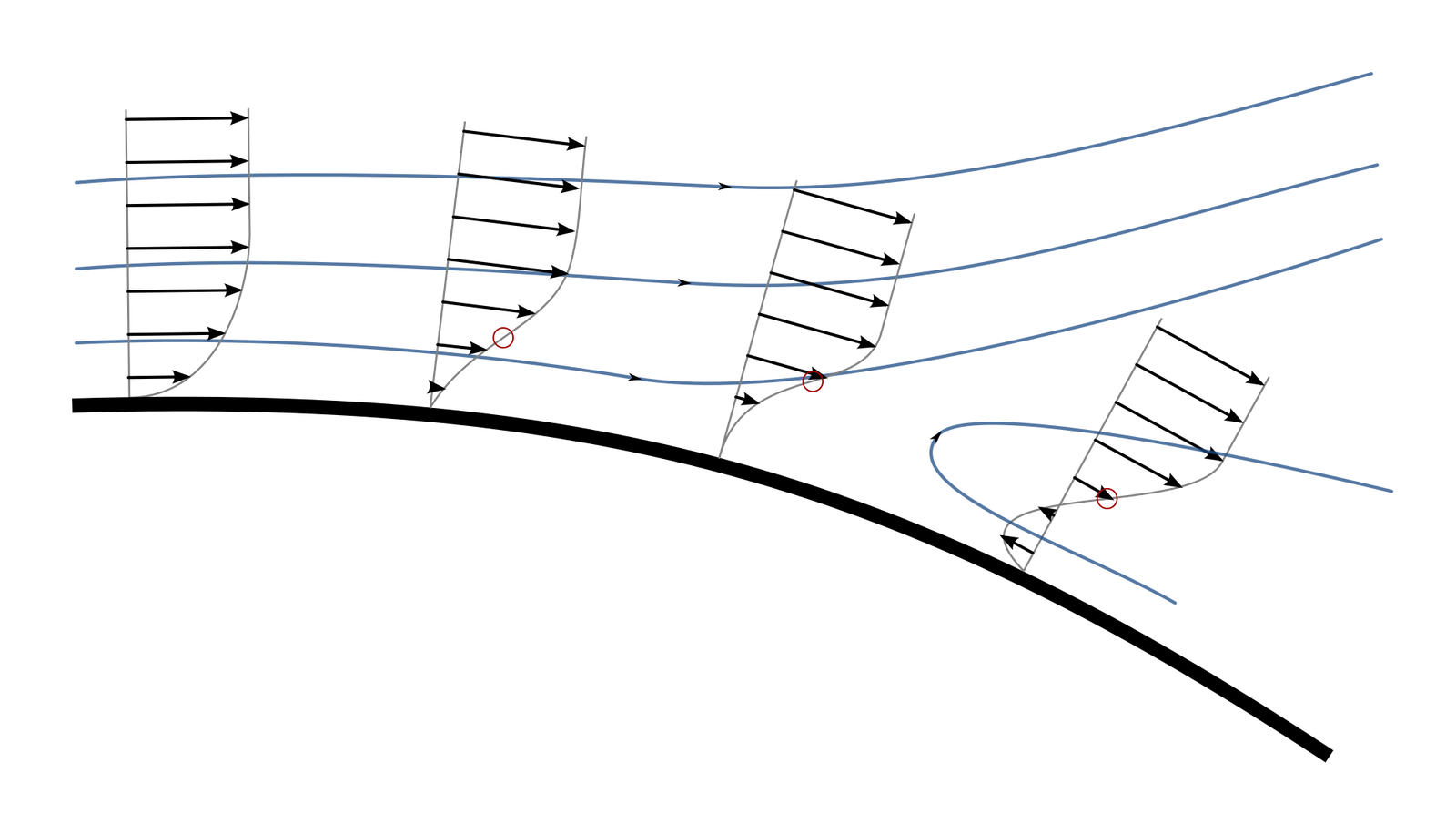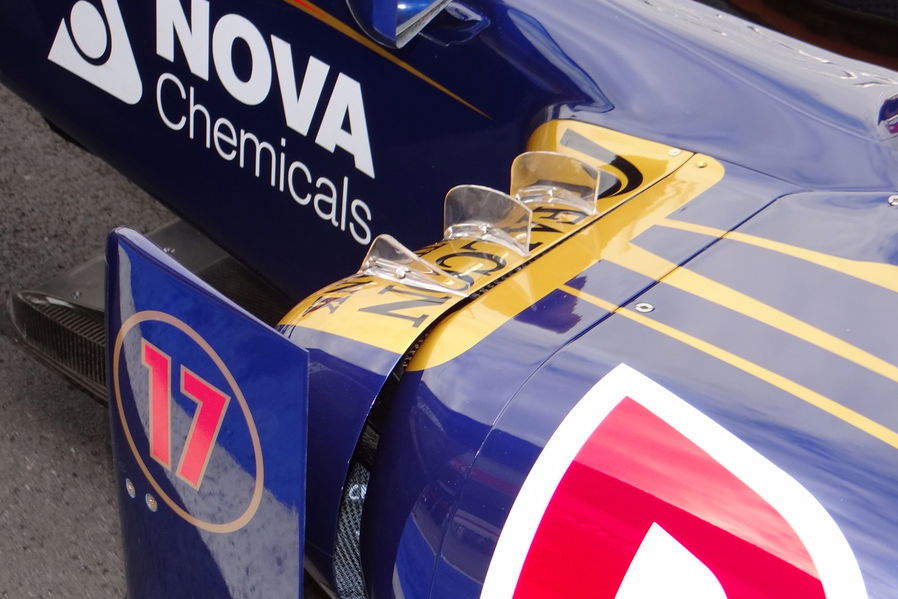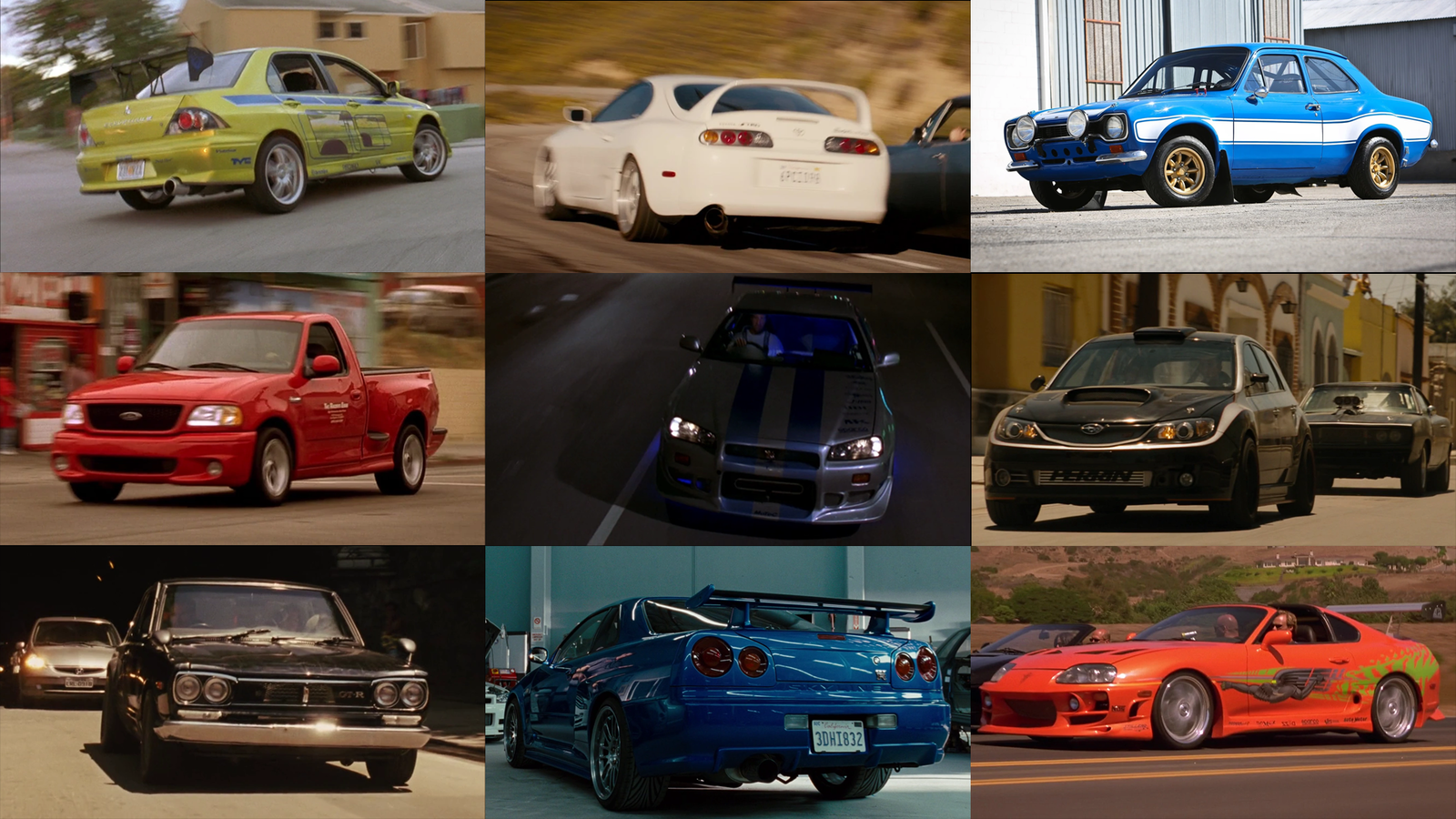What Are Vortex Generators, And How Do They Work?

Ever been passed by an FK8 Honda Civic Type R or almost any late Mitsubishi Lancer Evo and noticed those little extra fins on the roof? They’re not just extra bits of stick-on plastic for show, they’re serving a real purpose.
Those are vortex generators and, although they may split opinions on looks, they’re a useful way of improving the aerodynamics of a car provided they’re used correctly.
How do vortex generators work?
To understand how a vortex generator benefits a car, you first need to understand how airflow interacts with the moving body of a car.
Due to friction between the solid surface and the air molecules passing over it, the air forms a fluid profile, with stationery air sitting at the meeting point between the fluid and the surface. This is often called the boundary layer.
Basically, you don’t want air to be sitting stationary above the roof as that creates a large amount of friction, rather it’s better to glide smoothly over and away from the car. Particularly if there’s a rear wing.

Although rear wings are great for creating downforce, it does create a separation point at the end of a roof that allows the airflow to diffuse off into free airspace – in turn reducing a wing’s efficiency.
This is where a vortex generator comes in. As the separation point is inevitable no matter what you do, it is possible to shorten that distance. To keep that flow going, you need high-energy air from that fluid profile we mentioned earlier.

A vortex generator disturbs the flow running over the top of the roof, drawing in a stream of high-energy air into the boundary layer, therefore reducing the separation point’s distance and improving the efficiency of a rear wing.
Should I put them on my car?
Vortex generators that have been placed on a factory-built road car have been especially designed to work with the standard aerodynamics, so simply putting a set on your own car isn’t likely to make any real difference. Unless you have access to a wind tunnel and CFD software.
Even those from the factory aren’t actually making a huge difference, as they’re ultimately compromised by road safety regulations which means they’re small and space apart. Plus, they don’t really make a huge difference until very high speeds.

Those used on race cars however, commonly seen in F1, don’t have such restrictions and are therefore pretty tall and pretty sharp.


Comments
The name does strangely sound like a Back to the Future reference
Credit this article to Kyle, it’s almost exactly what he says in his vortex generator video
Dont show this to Ian Wright. He thinks aerodynamics doesn’t work on anything less than Mclarens and Ferraris lol.
Because of the airflow separation point a different type of wing wouldn’t be effective on the Charger Daytona and Plymouth Superbird, If they had vortex generators back in the day, the iconic wings wouldn’t be necessary.
The myth says that the wings were big because they needed the trunk to be opened without any problems to fit sound and video recording equipment but it wasn’t against the rules to have a spoiler fitted to the trunk, the real reason for the enormous wings was because the engineers wanted to have “clean air” acting over the rear wing for maximum downforce without any turbulence caused by the rear rooflines of the B-body Chryslers which were modified from stock for that same purpose; The Buttresses in the stock Charger roofline caused a lot of drag so they needed to be filled and made into a semi-fastback roofline that you can only find on the ‘68 Charger 500 and ‘69 Daytona, that allowed much better airflow at high speeds but wasn’t effective enough for a wing attached to the trunk. And the Plymouth Superbird had a curved rear window that served for the same purpose with a different approach.
Ford and Mercury cound get away with conventional spoilers because of the complete fastback rooflines of the Torino Talladega and Cyclone Spoiler II, airflow acted directly in the spoiler because there was almost no drag in the uniform rooflines of these cars and downforce could be effective with trunk mounted and duck-tail spoilers.
Holy shait I’m so drunk right now, I have to watch this again tomorrow. Good video, reduce drag or something, very good
At first I thought this is gonna refer to the GTA San Andreas vehicle.
What about roof spoilers for sedans? Are they beneficial to have on its own? And can they be used in conjunction with vortex generators?
Another thing that should be mentioned is this kind of roof spoilers.
It channels the air flow to the rear spoiler.
Love these technical articles
Here is some vortex without a boundary layer …
Pagination